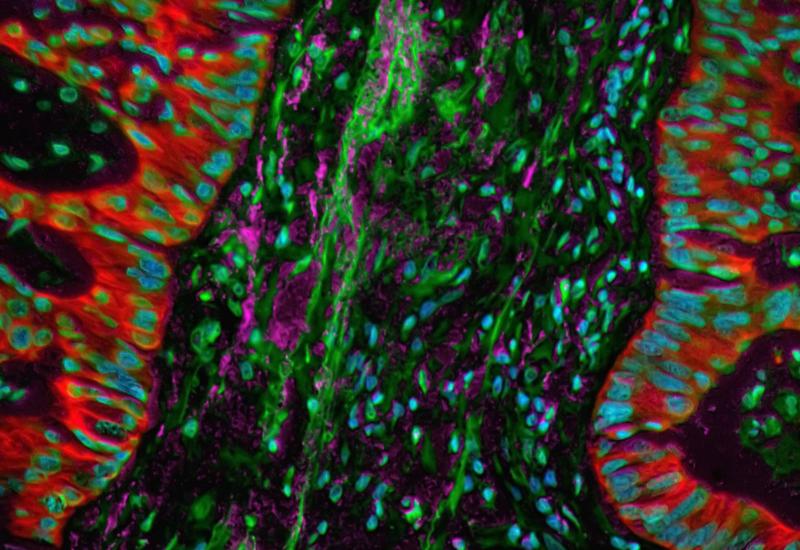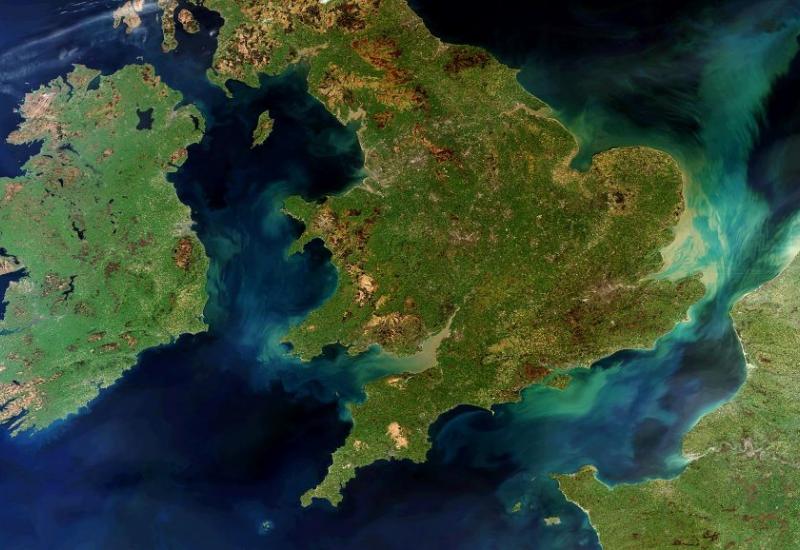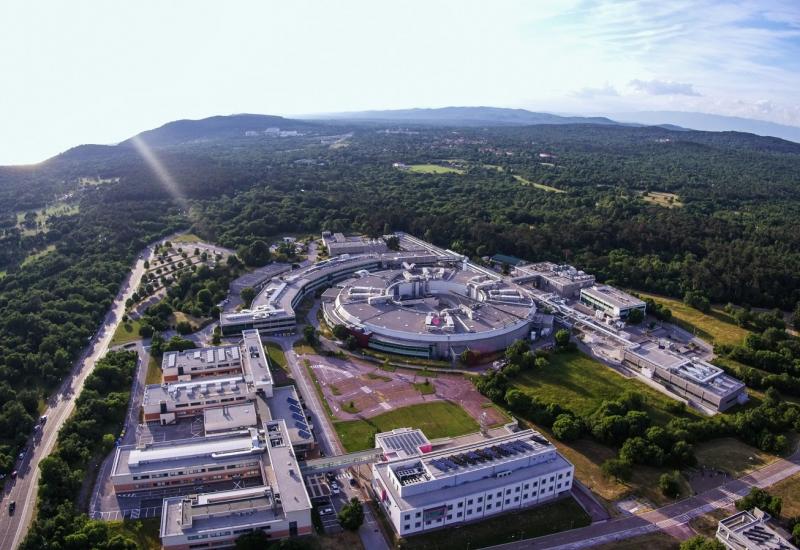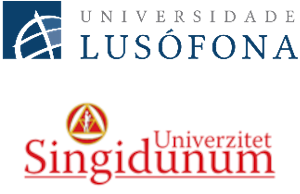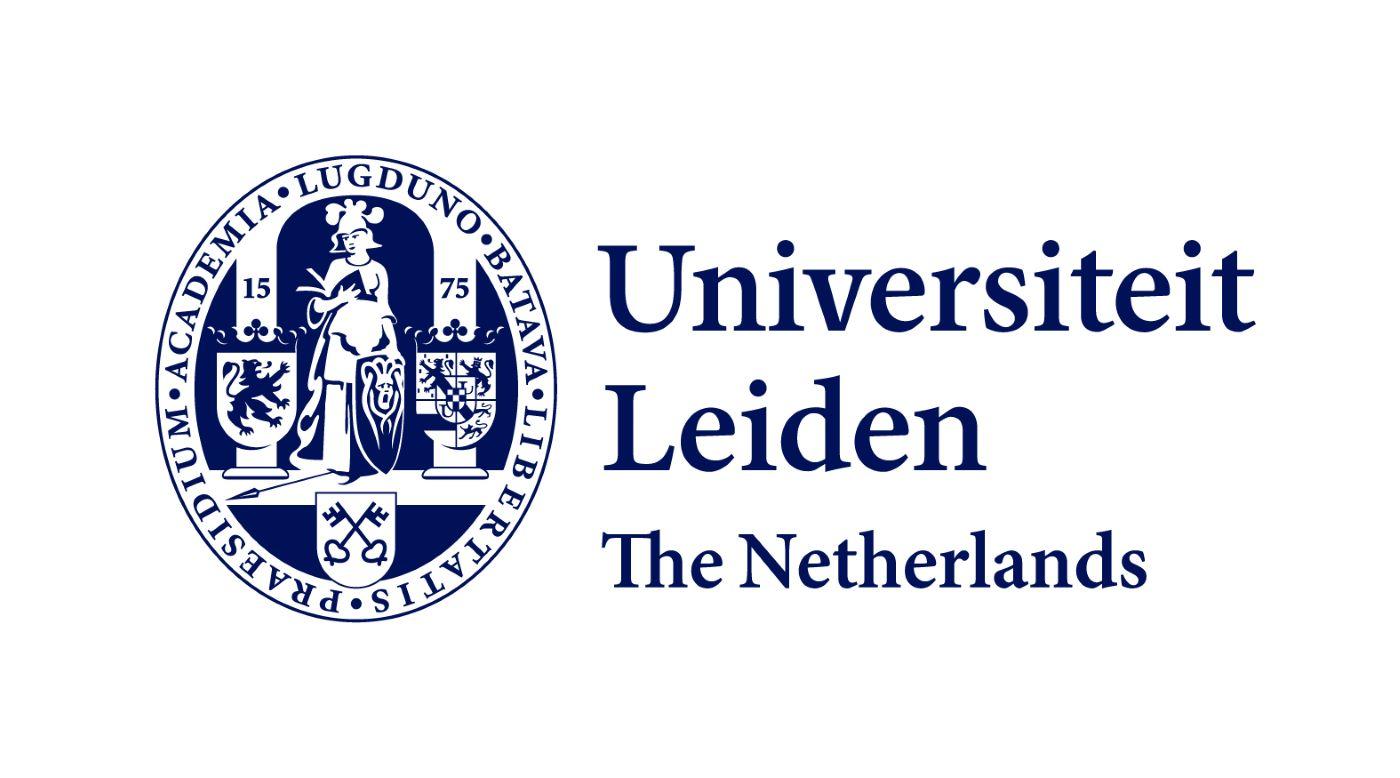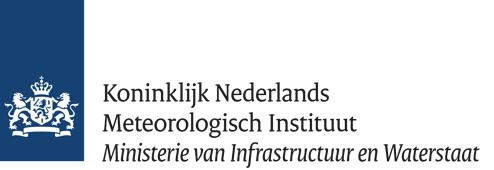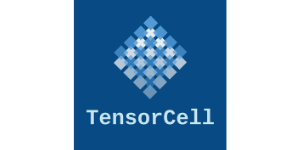Aortic disease is a leading killer worldwide, and despite perceived progress in diagnostic and therapeutic techniques the burden from aortic disease is growing. The overall global death rate from aortic increased from 2.49 per 100,000 in 1990 to 2.78 per 100,000 in 2010. The climbing death rate is even more pronounced in developing countries with an increase in median death rates (per 100,000) of 0.71, three times higher than in the developed world where it is 0.22. The diagnosis of aortic dissection is time sensitive and depends on cross-sectional imaging, in particular CT angiogram. Up to 50% of aortic dissection patients are initially misdiagnosed as having other conditions, such as acute coronary syndromes, non-dissecting aneurysms, pulmonary embolism, or aortic stenosis and machine learning techniques have been used to successfully increase accuracy and reduce the time taken to diagnose the condition. In those requiring endovascular intervention for complicated aortic aneurysm, the speed and accuracy of measurement becomes all the more pertinent.
The aim of the project is to model the blood flow in the aorta which has been conventionally done using the finite element models. However, these methods can be computationally exhaustive and time consuming and may not be able to produce predictions in real time essential for diagnostic purposes. It is therefore required to introduce methods that will significantly reduce the complexity and time. Thanks to the OCRE cloud funding, this type of real time diagnosis is now within reach and research avenues become significantly broader than previously.
Supplier: Rackspace Benelux B.V.- AWS



